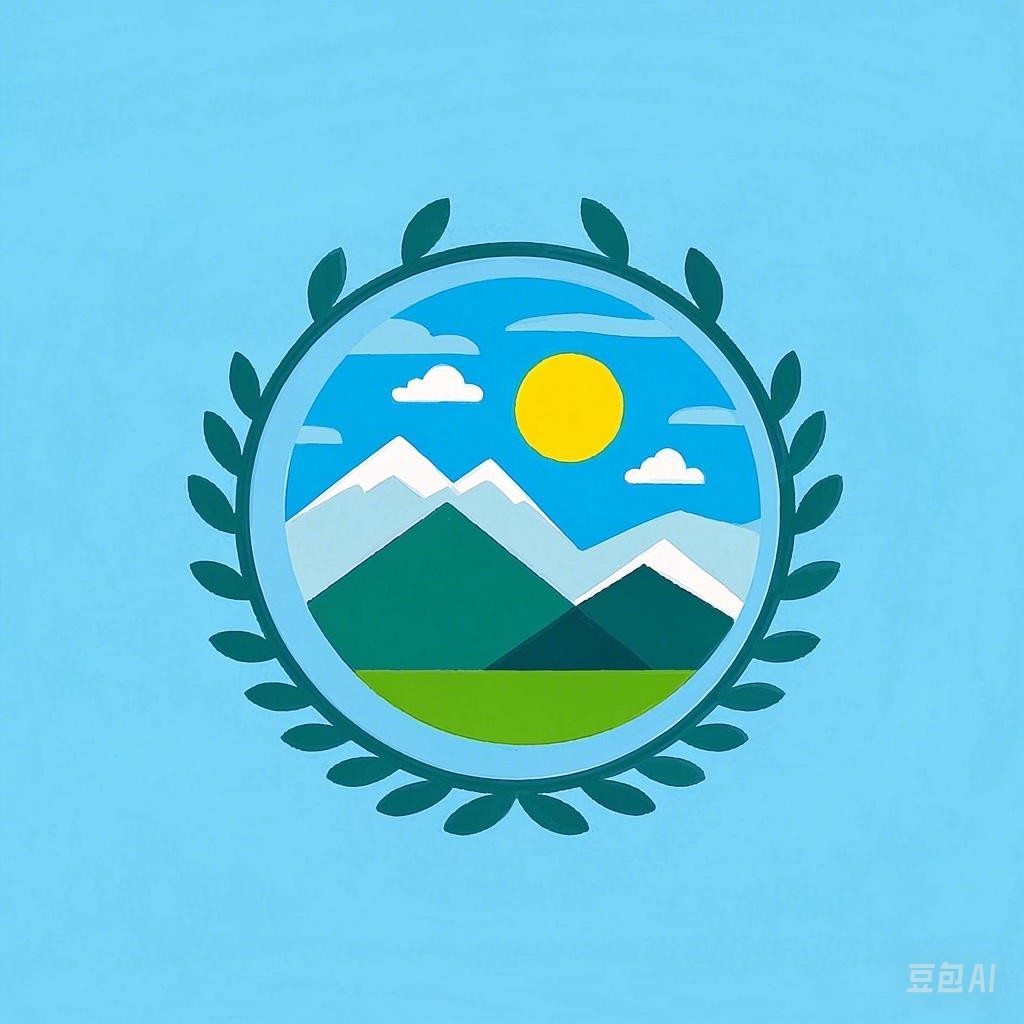风景旅游区,那些令人心驰神往的地方,总是以其美丽和神秘的面貌吸引着无数游客。然而,在这美丽画面的背后,往往隐藏着许多不为人知的故事。本文将带您深入了解风景旅游区的真实面貌,揭示那些鲜为人知的背后故事。
一、自然景观的形成
风景旅游区的自然景观,往往经历了亿万年的地质变迁和自然力量的塑造。以下是一些常见自然景观的形成过程:
1. 峰林地貌
峰林地貌的形成,主要与地壳运动、风化、侵蚀等因素有关。以下是一个峰林地貌形成的简化代码示例:
def form_peakland(mountain_range, years):
"""
模拟峰林地貌的形成过程
:param mountain_range: 山脉范围
:param years: 形成年限
:return: 峰林地貌
"""
for year in range(years):
mountain_range = apply_erosion(mountain_range)
mountain_range = apply_weathering(mountain_range)
return mountain_range
def apply_erosion(mountain_range):
# 模拟侵蚀过程
pass
def apply_weathering(mountain_range):
# 模拟风化过程
pass
2. 森林生态系统
森林生态系统的形成,需要土壤、气候、植被、动物等多种因素的相互作用。以下是一个森林生态系统形成的简化代码示例:
def form_forest_ecosystem(land, climate, vegetation, animals):
"""
模拟森林生态系统的形成过程
:param land: 土地
:param climate: 气候
:param vegetation: 植被
:param animals: 动物
:return: 森林生态系统
"""
land = apply_soil_deposition(land)
land = apply_climate_influence(land, climate)
land = apply_vegetation_growth(land, vegetation)
land = apply_animal_interaction(land, animals)
return land
def apply_soil_deposition(land):
# 模拟土壤沉积过程
pass
def apply_climate_influence(land, climate):
# 模拟气候影响过程
pass
def apply_vegetation_growth(land, vegetation):
# 模拟植被生长过程
pass
def apply_animal_interaction(land, animals):
# 模拟动物相互作用过程
pass
二、人文景观的传承
风景旅游区的人文景观,往往承载着丰富的历史和文化。以下是一些常见人文景观的形成过程:
1. 古建筑
古建筑的形成,与历史、文化、宗教、技艺等因素密切相关。以下是一个古建筑形成的简化代码示例:
def form_old_building(history, culture, religion, technique):
"""
模拟古建筑的形成过程
:param history: 历史
:param culture: 文化
:param religion: 宗教
:param technique: 技艺
:return: 古建筑
"""
building = apply_history_influence(history)
building = apply_culture_influence(culture)
building = apply_religion_influence(religion)
building = apply_technique_influence(technique)
return building
def apply_history_influence(history):
# 模拟历史影响过程
pass
def apply_culture_influence(culture):
# 模拟文化影响过程
pass
def apply_religion_influence(religion):
# 模拟宗教影响过程
pass
def apply_technique_influence(technique):
# 模拟技艺影响过程
pass
2. 民俗风情
民俗风情的形成,与地域、民族、生活方式等因素密切相关。以下是一个民俗风情形成的简化代码示例:
def form_folk_customs(region, ethnicity, lifestyle):
"""
模拟民俗风情形成过程
:param region: 地域
:param ethnicity: 民族
:param lifestyle: 生活方式
:return: 民俗风情
"""
customs = apply_region_influence(region)
customs = apply_ethnicity_influence(ethnicity)
customs = apply_lifestyle_influence(lifestyle)
return customs
def apply_region_influence(region):
# 模拟地域影响过程
pass
def apply_ethnicity_influence(ethnicity):
# 模拟民族影响过程
pass
def apply_lifestyle_influence(lifestyle):
# 模拟生活方式影响过程
pass
三、旅游开发与保护
风景旅游区的开发与保护,是一个复杂而微妙的过程。以下是一些关于旅游开发与保护的要点:
1. 旅游开发
旅游开发需要考虑市场需求、资源禀赋、生态环境、文化传承等因素。以下是一个旅游开发策略的简化代码示例:
def tourism_development(market, resources, environment, culture):
"""
模拟旅游开发过程
:param market: 市场需求
:param resources: 资源禀赋
:param environment: 生态环境
:param culture: 文化传承
:return: 旅游开发策略
"""
strategy = analyze_market(market)
strategy = evaluate_resources(resources)
strategy = protect_environment(environment)
strategy = preserve_culture(culture)
return strategy
def analyze_market(market):
# 分析市场需求
pass
def evaluate_resources(resources):
# 评估资源禀赋
pass
def protect_environment(environment):
# 保护生态环境
pass
def preserve_culture(culture):
# 传承文化
pass
2. 旅游保护
旅游保护需要关注生态环境、文化遗产、社区利益等方面。以下是一个旅游保护措施的简化代码示例:
def tourism_protection(environment, culture, community):
"""
模拟旅游保护过程
:param environment: 生态环境
:param culture: 文化遗产
:param community: 社区利益
:return: 旅游保护措施
"""
measures = protect_environment(environment)
measures = preserve_culture(culture)
measures = ensure_community_interests.community_interests()
return measures
def protect_environment(environment):
# 保护生态环境
pass
def preserve_culture(culture):
# 保护文化遗产
pass
def ensure_community_interests():
# 确保社区利益
pass
四、总结
风景旅游区美丽画面的背后,隐藏着丰富的自然景观、人文景观和旅游开发与保护的故事。通过深入了解这些故事,我们可以更好地欣赏和珍惜这些宝贵的资源,为子孙后代留下更加美好的世界。
